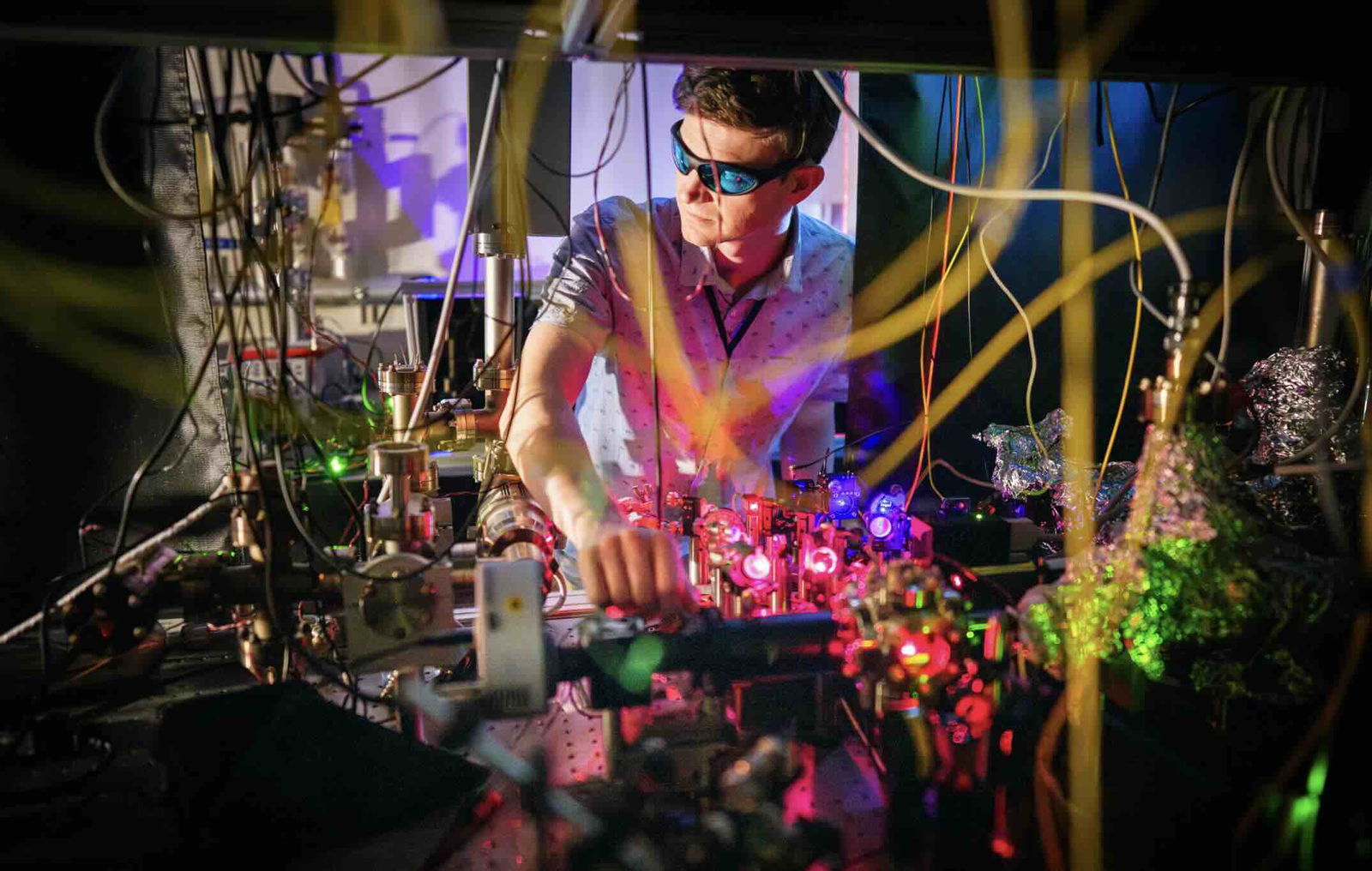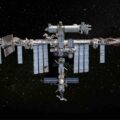New laser research funded by the Defense Advanced Research Projects Agency (DARPA) is paving the way toward developing the most accurate atomic clock ever constructed.
Even the most precise atomic clocks’ tiny drift limits their ability to remain functional over long periods. Recent developments have combined the latest Japanese laser research with Sandia Labs’ work on barium, a substance that hasn’t been used in atomic clocks in decades, to pave the way for a new generation of ultra-accurate timekeeping devices.
The Quest to Construct a New Atomic Clock
Sandia National Laboratories scientist Dan Thrasher, who leads the project, says that barium was last used in atomic clocks in 1985 before he was born. Modern commercial atomic clocks saw their last great innovation two decades ago with the Chip Scale Atomic Clock (CSAC) development. Roughly the size of a matchbook, it’s the smallest device on the market today. Inside, it operates through a laser pointed at the element cesium to keep a remarkably stable timekeeping rhythm despite some eventual drift.
This drift is where problems occur, as these CSACs are primarily used within various electronic devices. Even a minor timing difference can upset the information grid in our increasingly connected world. Therefore, these clocks must periodically check in with a reference clock to avoid drifting too far from the agreed-upon time, a significant limitation to their independent operation.
CSACs were first demonstrated in 2004, but now Sandia is pushing the envelope even further. Thrasher’s initial interest was in using Ytterbium, rather than barium, to develop a CSAC successor. His target was the miniaturization of the microwave-ion clock, which experiences less drift than CSAC but has not yet been developed at a small enough scale for use in such applications.
“The next generation of compact atomic clocks will improve timing accuracy on volume-constrained platforms, like spacecraft, and vehicles that lack constant access to global navigation satellite systems, like underwater vehicles used for sea-floor prospecting,” Thrasher told The Debrief in an email, where he elaborated on the value of such technologies.
“Ultimately, they can be applied anywhere that benefits from precise, reliable, low-power timing,” he added.
To make this a reality, Thrasher began studying laser research papers, searching for a tiny yet stable and efficient ultraviolet laser that could be used to make such a device functional. However, once he came across the work of a Japanese research team, he discovered something that altered the trajectory of his plans.
Nichia’s Promising New Laser Research
Previously, Japanese firm Nichia had already developed a violent-blue laser for a separate application: displaying visual information in smart glasses. The earlier work was a good match for Thrasher’s stability, size, and efficiency goals but was incompatible with the ytterbium he had planned to work with.
Still, the Nichia laser offered a vertical cavity surface emitting laser (VCSEL), the same type used in CSAC designs. Additionally, the VCSEL was ideal for use with barium, the element used in older atomic clocks.
Thrasher revealed that even though he had some reservations about moving away from Ytterbium, the quality of Nichia’s work convinced him to go in a new direction. “There are very valid reasons to disregard barium. But we have the cat’s meow of laser technology at the right wavelength, and that alone is enough motivation for us to try to develop this,” he recently said. Thrasher pitched the concept of a collaboration with Nichia and DARPA’s H6 program, and it was approved.
“Nichia gladly accepted Sandia’s offer to support their study because Nichia felt this compact, low-power-consumption, single-frequency laser diode would be a key technology for the small atomic clock Sandia is targeting,” a Nichia spokesperson said of the collaboration.
Work on a Barium Laser Clock
Despite Thrasher’s initial confidence, the project still met difficulties early on. During early tests, the laser deteriorated much faster than expected. However, these results proved to be misleading regarding the overall lifespan of the device. Once it was realized that the laser had a more extended “burn in” time than expected, it became evident that the laser could last for an extended period once it stabilized.
A significant benchmark was reached in June when Thrasher detected barium ions with the laser. This is the first time a VCSEL has been used to detect electrically charged ions since the CSAC operates on neutral ions. Thrasher presented those results at the European Frequency and Time Forum in Neuchâtel, Switzerland. Although a clock still awaits construction, the successful ion detection allows for validation that the laser can function in such a device.
Thrasher’s research not only puts new life into the barium clock, but his results may point toward future use of the Nichia laser in quantum computing, a technology that also relies on ion detection. Developing a commercial clock may present a range of additional benefits, from increased grid stability to lengthier research missions.
Ryan Whalen covers science and technology for The Debrief. He holds a BA in History and a Master of Library and Information Science with a certificate in Data Science. He can be contacted at ryan@thedebrief.org, and follow him on Twitter @mdntwvlf.

